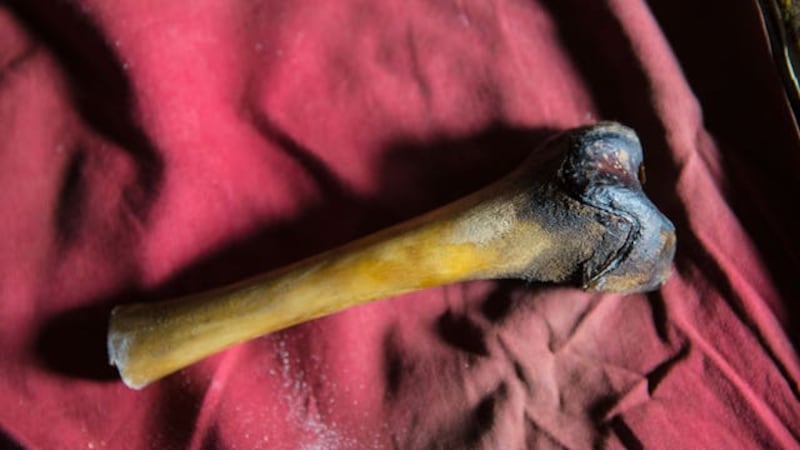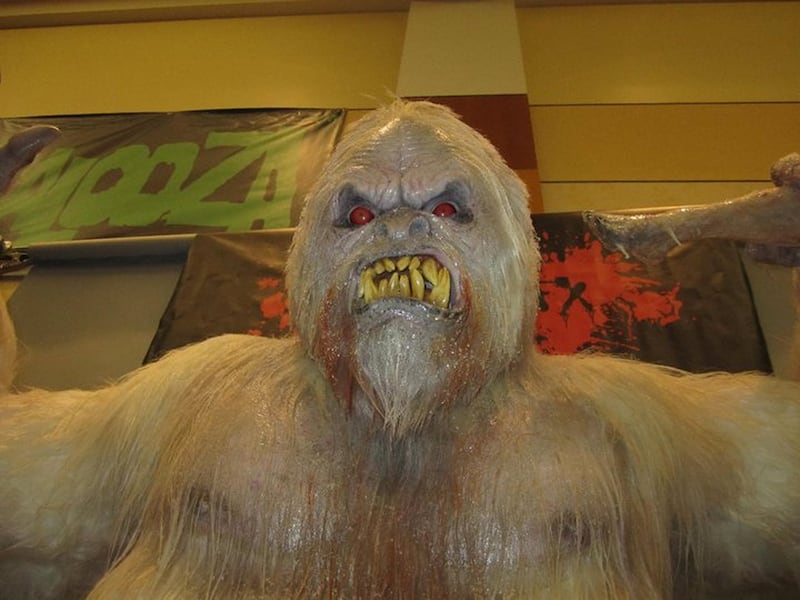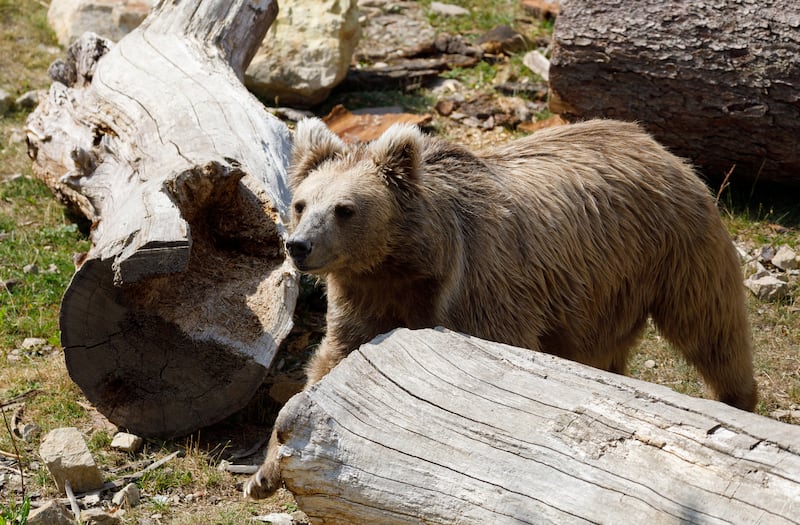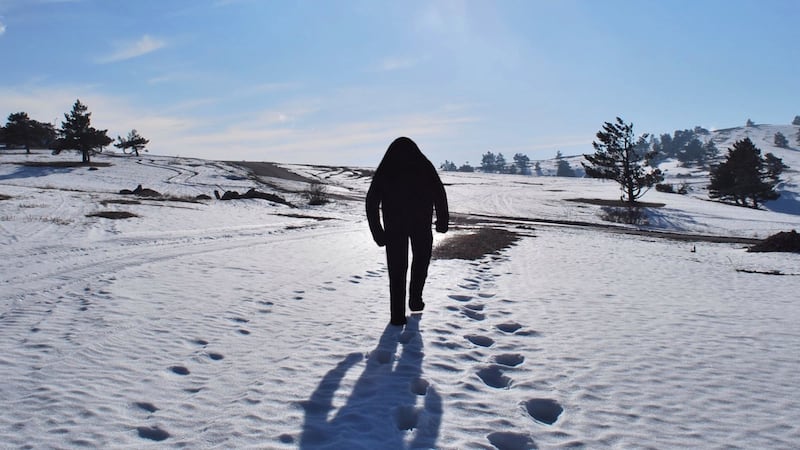Alleged Yeti remains from museums and private collections are abominable fakes, a study has found.
Eight specimens, including bones, teeth, skin, hair and faecal samples, were found to come from bears and one belonged to a dog.
The remnants, collected from the Himalayas and the Tibetan Plateau, were claimed to be evidence for the existence of the Abominable Snowman or Yeti.
DNA tests proved they were nothing to do with hairy human-like creatures living in remote regions of Nepal and Tibet.

Lead scientist Dr Charlotte Lindqvist, from the University of Buffalo, US, said: “Our findings strongly suggest that the biological underpinnings of the Yeti legend can be found in local bears, and our study demonstrates that genetics should be able to unravel other, similar mysteries.”
She added: “Clearly, a big part of the Yeti legend has to do with bears.”
The study was the “most rigorous analysis to date” of samples linked to mythical “hominid-like” creatures, the researchers said.
The Yeti legend is part of Nepalese folklore dating back hundreds of years, and stories of the Abominable Snowman first emerged in Western popular culture in the 19th century.

Numerous sightings of the creature and its footprints have been reported, supported by blurry photos and shaky video footage, but over the years no-one has come forward with any definitive evidence that the Yeti is real.
The new research showed that Asian black bears, Himalayan brown bears and Tibetan brown bears all contributed to the myth.
One of the samples investigated by Dr Lindqvist’s team was a monastic relic consisting of a preserved scrap of skin said to be from the hand or paw of a Yeti.
Another was a thigh bone fragment from a decayed body found in a Tibetan cave.

The skin sample turned out to be from an Asian black bear and the bone from a Tibetan brown bear.
Besides debunking the Yeti myth, the research has uncovered information about the evolutionary history of Asian bears.
Dr Lindqvist said: “Bears in this region are either vulnerable or critically endangered from a conservation perspective, but not much is known about their past history.
“The Himalayan brown bears, for example, are highly endangered. Clarifying population structure and genetic diversity can help in estimating population sizes and crafting management strategies.”

The analysis showed that unlike the Tibetan brown bear, which has close cousins in North America and Eurasia, the Himalayan brown bear had a distinct evolutionary lineage of its own.
A period of glaciation 650,000 years ago may have caused the Himalayan bears to become separated from the rest of their kin, the scientists believe.
“Further genetic research on these rare and elusive animals may help illuminate the environmental history of the region, as well as bear evolutionary history worldwide, and and additional ‘Yeti’ samples could contribute to this work,” said Dr Lindqvist.
The research is published in the journal Proceedings Of The Royal Society B.








